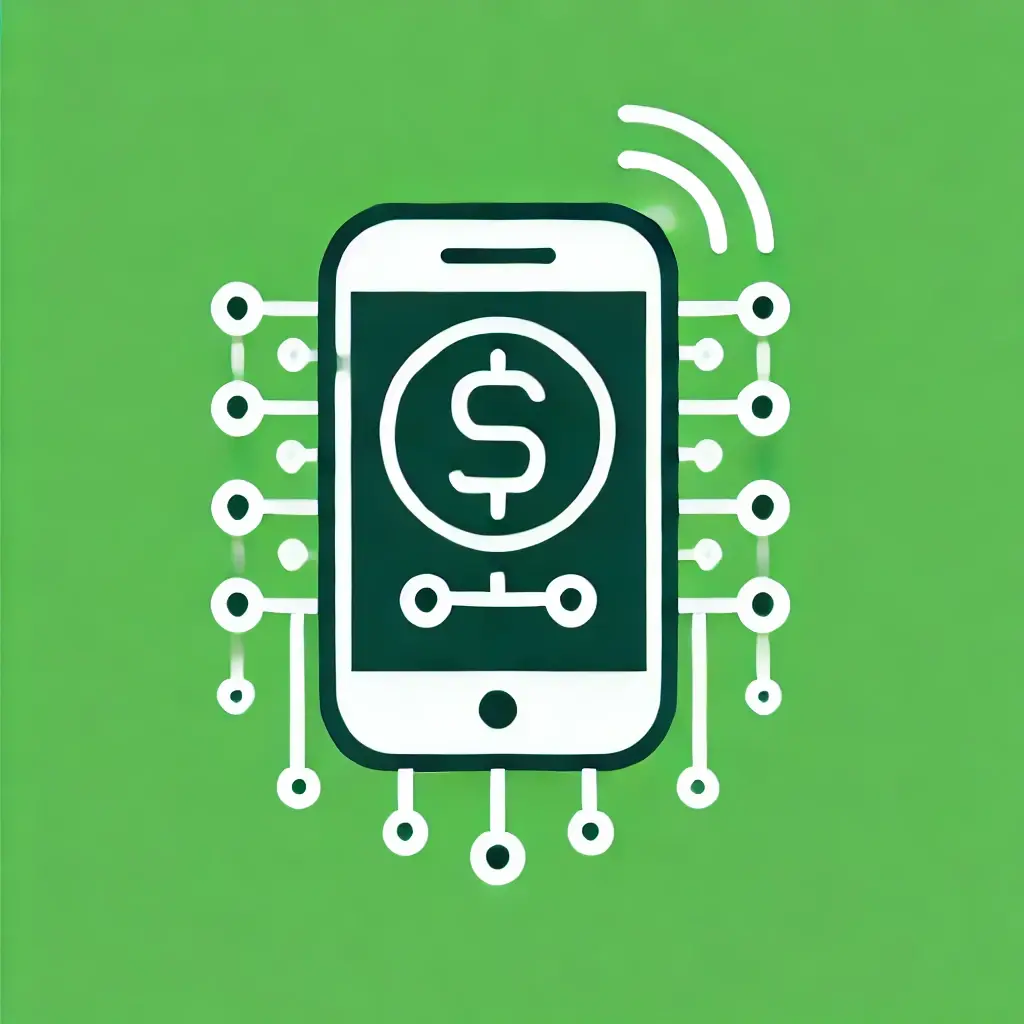The integration of IoT (Internet of Things) in mobile banking is transforming how consumers interact with financial services, providing seamless experiences through connected devices and enhanced security measures. By leveraging artificial intelligence (AI) and various IoT technologies, banks can offer more personalized and efficient services.
Seamless Mobile Banking Experiences
Connected Devices
Mobile banking applications serve as the primary interface for users, allowing them to access their accounts, make transactions, and receive personalized offers directly from their smartphones. These apps utilize IoT technologies to synchronize with various devices, including smart ATMs and wearable devices, enabling functionalities such as contactless payments and biometric authentication.
For instance, smart ATMs equipped with IoT sensors can facilitate cardless transactions, allowing customers to withdraw cash using their mobile banking apps instead of physical cards. This not only enhances convenience but also reduces the risk of card skimming and fraud[2][3].
AI and Security
AI plays a crucial role in enhancing security and user experience in mobile banking. Biometric authentication tools, such as fingerprint and facial recognition, are integrated into mobile banking apps to ensure secure access to accounts. These technologies provide an additional layer of security, as they require multiple factors for authentication, making unauthorized access significantly more difficult[3][5].
Moreover, AI-driven analytics can monitor user behavior in real-time, identifying suspicious activities and alerting users to potential fraud. This proactive approach to security helps banks mitigate risks and protect customer assets more effectively[4][5].
Personalized Customer Experience
IoT technologies enable banks to gather and analyze vast amounts of data on customer behavior and preferences. This information allows banks to tailor their services and offers to meet individual needs, enhancing customer satisfaction. For example, banks can use insights from IoT data to provide targeted promotions based on users’ transaction history or spending patterns, creating a more engaging banking experience[2][3].
Future Prospects
The future of IoT-enabled mobile banking looks promising as technology continues to evolve. The integration of APIs (Application Programming Interfaces) will facilitate better communication between devices and banking systems, allowing for even more innovative services. As banks explore the potential of IoT, we can expect to see advancements such as virtual assistants in branches, improved cash management solutions, and enhanced customer service through smart technologies[4][5].
In conclusion, IoT-enabled mobile banking is revolutionizing the financial landscape by providing seamless experiences, enhancing security through AI, and personalizing services for users. As banks continue to embrace these technologies, the potential for further innovation and improved customer interactions will only grow.
Further Reading
1. IoT in banking: benefits, use cases, future
2. IoT in Banking Overview: Existing and Future Use Cases
3. https://vakoms.com/blog/how-banks-and-fintech-companies-can-benefit-from-iot/
4. https://docs.broadcom.com/doc/a-guide-to-digital-banking-in-the-iot-economy
5. IoT for Banking and Finance: Trends, Benefits, Use Cases


